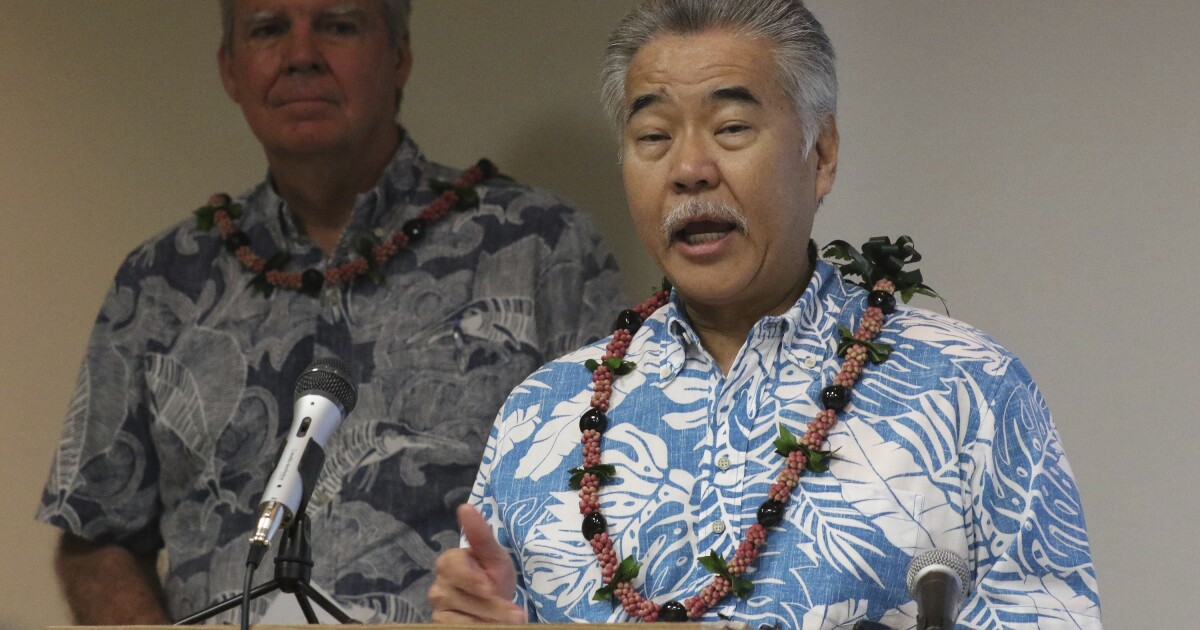
Hawaii’s governor said Monday he will wait another month to waive a 14-day quarantine requirement for out-of-state travelers who test negative for COVID-19, citing the increase in virus cases in Hawaii, “uncontrolled” outbreaks. in several continental US states and a shortage of test supplies.
The test plan, as announced last month, was scheduled to take effect on August 1. It is now postponed to September 1.
Many in Hawaii’s business community had been waiting for the trial program, as it would make it easier for tourists to visit and potentially boost the economy. The quarantine requirement has practically closed tourism to the state since it went into effect in late March. Hotels have closed and the unemployment rate is 22.6%, the second highest in the nation.
Governor David Ige said at a press conference that he and the state mayors, whom he consulted, understood the seriousness of the options presented to them. For one thing, he said, Hawaii could have an uncontrolled increase in COVID-19 if it reopens. On the other hand, delaying the traveler testing program would risk further financial damage.
“I know this increases the burden on businesses here on the islands, especially small businesses. But we do believe that it is time to continue protecting the health and safety of our community, ”Ige said at a press conference.
One challenge is that Hawaii’s plan would require travelers to test negative for the disease within 72 hours before arriving in the state. Those whose test results were not ready upon landing would have to wait in quarantine.
But the increase in cases on the continental US has made it difficult for people in many states to get tested.
Later, one of Hawaii’s leading testing labs learned that the company supplying its test reagents would reduce its allocation to the lab due to high demand amid waves of coronavirus in other states. This move reduced Hawaii’s overall testing ability by about 15% to 20%
Losing this ability would make it harder for Hawaii to control the spread of the disease, Ige said.
Another difficulty is that Hawaii’s public schools are slated to open in early August, which can trigger an increase in cases at the same time that the traveler evaluation program had to start.
Last week, Honolulu Mayor Kirk Caldwell said that going ahead with the traveler testing program would not be safe under current conditions. The Honolulu City Council passed a resolution last week urging the governor to consider delaying the plan until the rate of new coronavirus cases in the continental United States and Hawaii drops significantly.
Christ Tatum, CEO of the Hawaii Tourism Authority, a quasi-state agency that promotes and manages travel to Hawaii, said his organization would keep the industry informed of the testing process once the state submits the requirements.
“We want to welcome our visitors once our state is ready to do so in a safe manner that will hopefully avoid the need for backtracking in the future,” Tatum said in a statement.
For most people, the new coronavirus causes mild or moderate symptoms, such as fever and cough, that disappear within two to three weeks. For some, especially older adults and people with existing health problems, it can cause more serious illnesses, such as pneumonia and death.